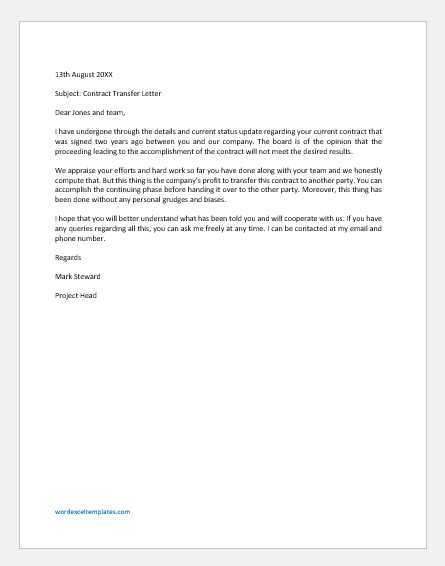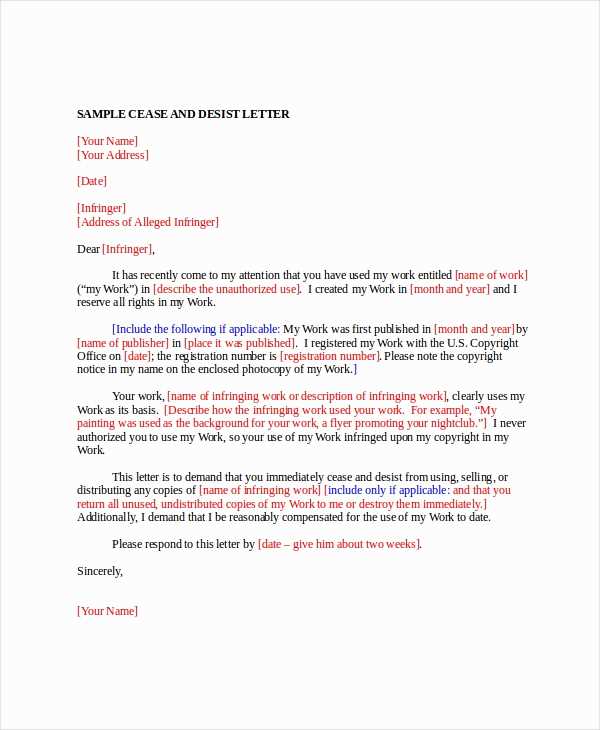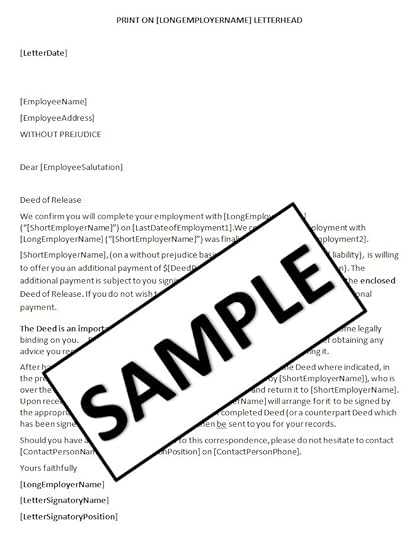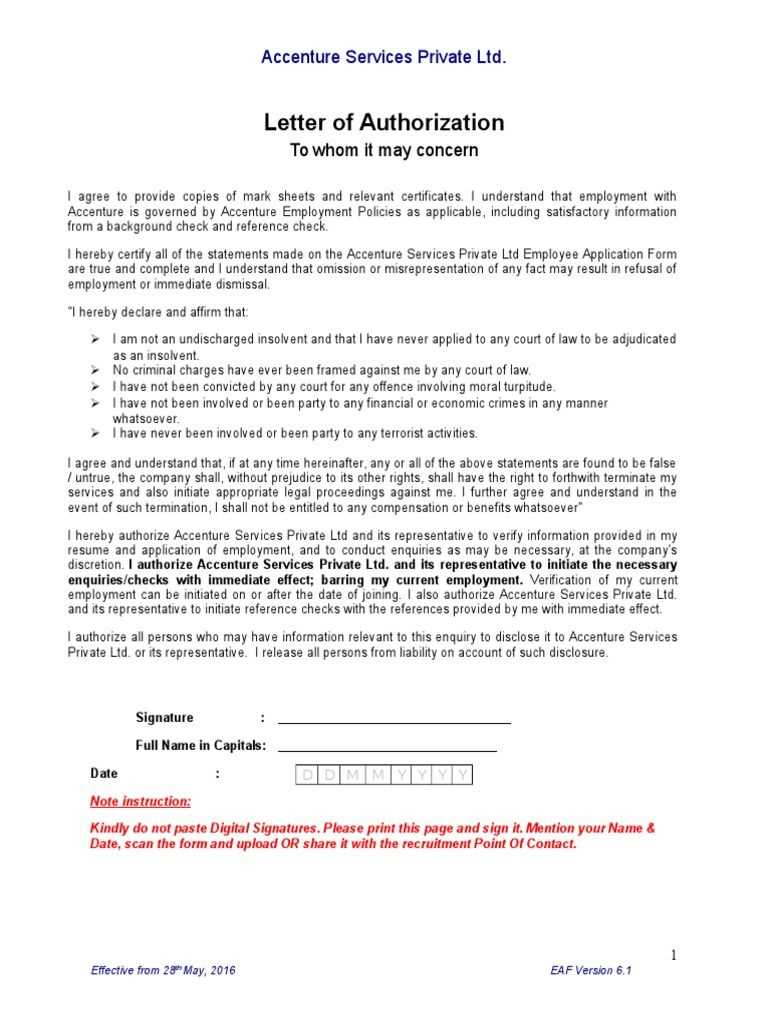Without Prejudice Letter Template for Legal Use

In legal and professional contexts, certain written communications are crafted to ensure that the content will not be used against the party in case of future disputes. These documents allow individuals to freely express their views or propose terms, without the fear of their words being presented as admissions in court. Below is an outline to guide you in preparing such a communication effectively.
Purpose of Confidential Statements
The primary function of these written communications is to facilitate open discussion between parties without compromising one’s legal position. This practice is often used to negotiate or settle disputes while maintaining a degree of protection from later use in legal proceedings. By using these forms, parties can explore potential resolutions without making statements that could be held against them.
When to Use This Approach

It is most appropriate to use this kind of communication during sensitive negotiations, mediation, or settlement discussions. These scenarios often involve risk, where candid exchanges can help parties find common ground but could also be detrimental if the statements made were admissible in court.
Creating a Legal Document of This Kind
When drafting this type of communication, clarity and structure are essential. It is crucial to ensure that the document clearly states the intention to protect the contents from future use in legal matters. The following points should be considered:
- Clear Declaration: The document should explicitly state that the contents are not to be used in any legal setting.
- Concise Content: Avoid lengthy explanations and focus on the core message.
- Professional Tone: Even though the communication may be informal in nature, maintain a level of professionalism throughout.
Common Mistakes to Avoid
While drafting such communications, several pitfalls can undermine their effectiveness. The most common mistakes include:
- Failure to State Confidentiality: Not clearly indicating the intent for confidentiality may render the document ineffective.
- Overly Complex Language: Using jargon or complex terms can confuse the recipient and dilute the document’s purpose.
- Ambiguous Intentions: Not specifying the exact legal boundaries of the communication could cause complications later.
Legal Considerations

Though these documents offer a level of protection, they are not foolproof. Courts may still allow their contents to be used if deemed necessary. Therefore, while drafting, ensure the statement is both legally sound and serves its intended purpose. Consulting with legal professionals can ensure the document meets all necessary criteria for legal protection.
Understanding Confidential Legal Documents and Their Purpose

In legal practice, certain forms of communication are designed to facilitate discussions and negotiations while providing protection against their later use in formal proceedings. These communications allow individuals to engage openly, knowing their words will not be held against them in court if the conversation does not lead to a resolution.
Key Purposes of Confidential Legal Statements
The main goal of such documents is to create a safe space for negotiations. By ensuring that statements made during a negotiation or settlement process cannot be used in court, they encourage more honest and open dialogue between parties. This confidentiality is crucial for parties to feel secure in sharing their positions without the fear of repercussions in future legal matters.
Essential Components of a Legal Communication
A well-constructed communication of this nature includes a few critical components. First, it must clearly express the intent to keep the communication confidential, ensuring that it cannot be presented as evidence in litigation. It should also remain concise and to the point, avoiding unnecessary language that could cloud the message. Lastly, it must use formal and professional language, reflecting the serious nature of the communication.
Steps to Draft a Confidential Document
When preparing this type of document, begin by stating your intention to protect the communication’s contents. This sets the tone for the entire document. Follow by addressing the specific issues or terms you wish to discuss. Keep the language simple and focused, ensuring clarity in each point. Lastly, conclude the document with a clear affirmation of its confidentiality, reiterating its purpose of not being used against either party in future proceedings.
Risks of Improper Use of Clauses
Using these types of statements improperly can lead to unintended consequences. For example, failing to explicitly state the confidentiality intent may render the document ineffective. Additionally, if the document is shared or used inappropriately, it could damage the trust built between parties and potentially weaken the negotiating position.
Impact on Settlements and Legal Proceedings
These communications play a significant role in resolving disputes and can positively influence the outcome of settlements. By offering a level of legal protection, they encourage parties to negotiate in good faith. However, improper handling of such documents could lead to complications, affecting the fairness of the settlement process and potentially influencing the outcome of legal proceedings.